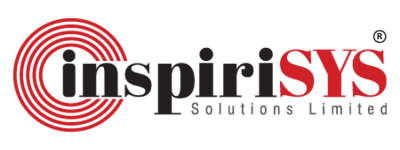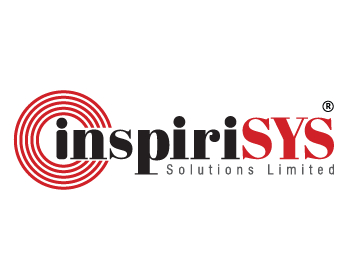Open Integration Framework
The Open Integration Framework (OIF) is an advanced system designed to optimize integration across platforms. It enables organizations to link diverse security tools into a unified security workflow. By facilitating smooth connectivity with third-party technologies, supporting external connector development, and enabling automated actions, OIF transforms integration within any platform.
Key Takeaways
- OIF enables users to customize their security processes freely, allowing them to develop and adjust various integrations as needed.
- Users can connect multiple tools and systems, launching different actions and optimizing their workflows according to specific organizational needs.
- Organizations can develop an infinite number of integrations to address their unique security challenges, fostering innovation and adaptability.
Importance of Open Integration Framework
Effortless integration with multiple technologies and third-party products is essential for contemporary Security Operations Centers (SOCs) to maintain efficiency, adaptability, and a unified security response. The open integration capabilities of the Open Integration Framework (OIF) provide users with the flexibility to connect any security tool without interrupting their SecOps workflow. With OIF, users can customize, integrate, and modify security processes enabling diverse integrations, automating actions, and optimizing workflows to meet specific operational needs.
Key Features of Open Integration Framework
The Open Integration Framework includes several core features that enhance its value for security teams.
Multi-Language Support – OIF supports multiple scripting languages, enabling security teams to create, modify, and customize integrations without requiring deep coding expertise.
Automated Security Actions – OIF enables security teams to trigger real-time automated responses, reducing manual workload and improving incident resolution speed.
Seamless Collaboration – Security teams can share custom integrations across the organization, fostering teamwork and accelerating incident response.
Scalability & Future-Readiness – Designed for an evolving security landscape, OIF ensures organizations can adapt to new security tools and threats without the need for extensive redevelopment
By equipping teams with powerful automation, streamlined integration, and enhanced collaboration, OIF significantly strengthens an organization’s overall security posture.
Benefits of Open Integration Framework
The Open Integration Framework (OIF) empowers security teams to enhance their oversight of security operations, optimize SecOps workflows, streamline remediation efforts, and facilitate endless integration possibilities. Here are the advantages that OIF offers:
- Accelerated development of integrations
- Reduces time-to-market with pre-built components and best practices.
- Support for various scripting languages
- Eliminates the need for extensive coding expertise
- Flexibility to adjust existing integrations or add new ones
- Cost-effective and license-free
- High-quality solutions with continuous community-driven improvements
- Simple sharing of custom integrations among users
- Enhanced incident response capabilities
- Complete authority over all integrations in use
How OIF Enhances Security and Integration
The Open Integration Framework (OIF) plays a crucial role in strengthening security operations by enabling seamless integration across multiple tools and platforms. Here’s how OIF enhances security and optimizes workflows:
- Security Operations Centers (SOCs) – Unifies disparate security tools, streamlining incident response workflows to help SOC teams detect, investigate, and neutralize threats more efficiently.
- Software Development & DevOps – Embeds security checks into CI/CD pipelines, reducing vulnerabilities before deployment and ensuring secure code delivery.
- Cloud Security & Hybrid Environments – Bridges cloud-based applications with on-premise security solutions, improving visibility and real-time threat detection in complex IT environments.
- IoT & Connected Systems – Strengthens IoT security by integrating device-monitoring solutions, helping organizations detect, analyze, and mitigate threats from connected devices.
Key Terms
Integration
The process of connecting disparate systems and applications to work together, enabling smooth data exchange and functionality.
Workflow Optimization
The practice of enhancing processes and operations for maximum efficiency, often a focus area for teams using OIF.
Incident Response
The method and procedures used by security teams to handle and mitigate security incidents, improved by the integrations provided by OIF.





